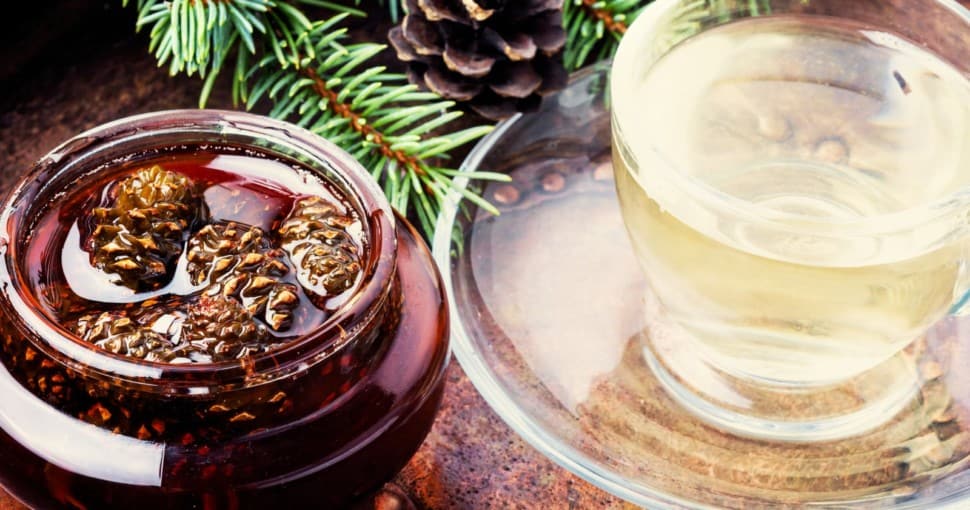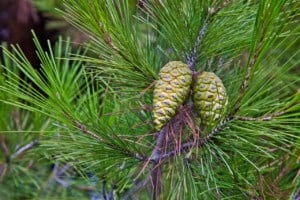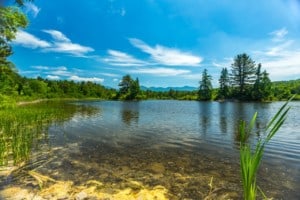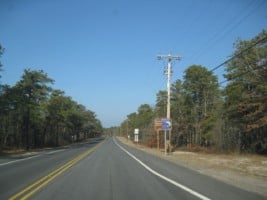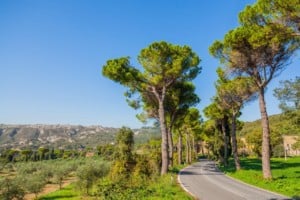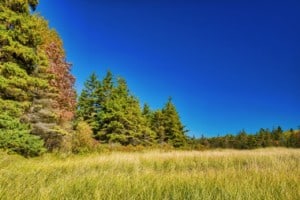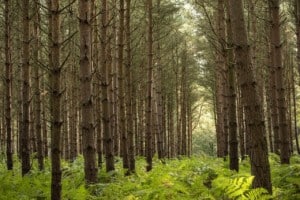When most people think of pine trees, they think of pine cones, the tree’s evergreen needle-shaped leaves, the aroma of a fireplace burning pinewood logs, pine furniture, and aromatherapy pine oils. Besides the pine nut, very few people would consider pine trees when they are thinking of a snack or something to drink.
Contents
Which Pine Trees Can Be Eaten?
Pine trees have many useful functions. In the past, pine needles were brewed to make medicinal teas by Native Americans and other cultures (M.H. Dyer, 2020). Different parts of the edible pine can be eaten, so it is important to know which part to harvest, whether pine needles, pine cones, or inner bark. Before rushing off to the nearest pine tree to taste it out, it is important to master the skill of identifying safe to eat pine tree varieties.
There are many pine trees with edible pine needles like the spruce pine tree and only a handful of inedible ones that people should watch out for.
Pine trees are a good source of Vitamin C and other nutrients. Trees with edible barks include:
- White pine (considered to be the best tasting)
- Slippery Elm
- Black Birch
- Yellow Birch
- Red Spruce
- Black Spruce
- Balsam Fir
- Tamarack
One major caveat to eating edible pine trees is to avoid eating pine needles when pregnant. Pine needle consumption has been associated with miscarriages and low birth weight (M.H. Dyer, 2020).
Which Pines Are Poisonous?
There are numerous pine trees that are not only inedible but poisonous. These should be avoided at all costs. This variety of pine trees have needles that are toxic and may be dangerous to livestock (M.H. Dyer, 2020). Poisonous barks and pine needles that should be avoided are the:
- Norfolk Island Pine (Araucaria heterophylla)
- Yew (Taxus) and
- Ponderosa Pine (Pinus ponderosa) – also known as Western Yellow Pine
Pines from these tree varieties are definitely not what anyone would want to be having a sip of in their favorite mug.
How to Harvest and Eat a Pine Tree (Food Foraging)
It’s important to carefully collect the edible tree parts without damaging the tree. Select older pine trees that are stronger and have more tree products to give. Larger trees are not heavily impacted by harvesting in comparison to the smaller trees. Older trees a more generous amount of inner bark (whitebark) and can stay intact even after harvesting.
A knife can be used to cut small strips of edible inner bark off the tree. The outer bark is not edible. The whitebark is best eaten cooked or fried in thin strips as it is quite tough to digest. A handful of pine needles can also be picked from an edible tree to, all the while being conscious not to overharvest, as this could harm the tree (skilledsurvival.com).
When in season, pine nuts can be a great nutritious treat. The majority of pine trees have edible pine nuts, only differing in quality and size. Pine cones can easily be collected off the ground. Other edible parts of the pine tree are the pine resin and pine pollen.
How to Make Pine Needle Tea
The pine needles can be used to make a Vitamin C rich tea with a pleasant aroma and taste. The tea has an impressive list of health benefits.
Pine tea is popular for providing relief to skin issues, fatigue and heart disease. Other than the immune boosting Vitamin C, pine needle tea also contains a high level of Vitamin A that is good for hair, skin, and eyesight. Pine tea also has expectorant qualities, helps reduce blood pressure and obesity, and has antioxidant properties.
To prepare your pine tea, collect fresh edible pine needles. The older needles are packed with more nutrients but have a bitter taste. The younger pine needles make a more pleasant tasting tea. Wash the pine needles with running water to remove any dirt or insects.
You can chop the needles depending on their size. The pine needles are then placed in a pot of water and left to simmer on a cooker. Avoid boiling the needles as this breaks down Vitamin C.
Once the leaves start to settle at the bottom of the pot, the tea is ready. A strainer can be used to remove the pine needles, and the tea poured in a cup, ready to drink.

